Graduate Research at Clare
Clare’s graduate community carries out research at the cutting edge of a wide variety of fields. Here, six of our graduate students provide a brief summary of their areas of study.
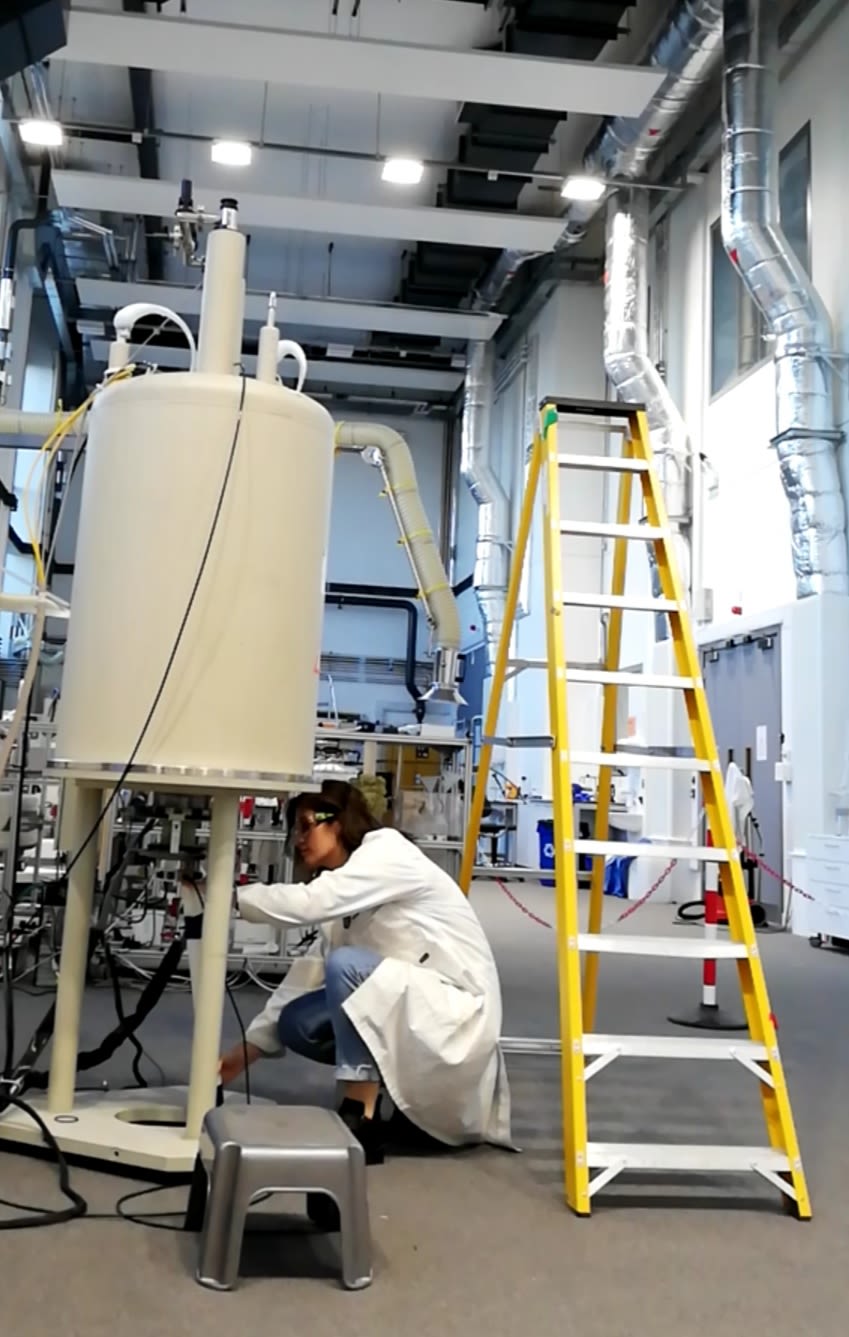
Aneesh Naik (2016) – PhD in Astrophysics
Only 5% of the Universe is made up of 'ordinary matter' (i.e., electrons, protons, microwave ovens, Brian Blessed). A further 27% is 'dark matter', while the remaining 68% is 'dark energy'. Of these latter two components virtually nothing is known, save that they exist.
The leading theory for dark energy is Einstein’s ‘cosmological constant’: a constant vacuum energy that pervades all of space. However, theoretical calculations of the cosmological constant yield values that differ from observations by a stunning 120 orders of magnitude.
For this reason, other ideas are also worth considering. One idea is that perhaps dark energy is gravitational in origin, and our theory of gravity is incomplete. In his PhD research, Aneesh is using computer simulations to investigate ways to test gravity on galactic scales, for example, by observing the speeds with which distant galaxies rotate, or the interactions between the Milky Way and its satellite galaxies.
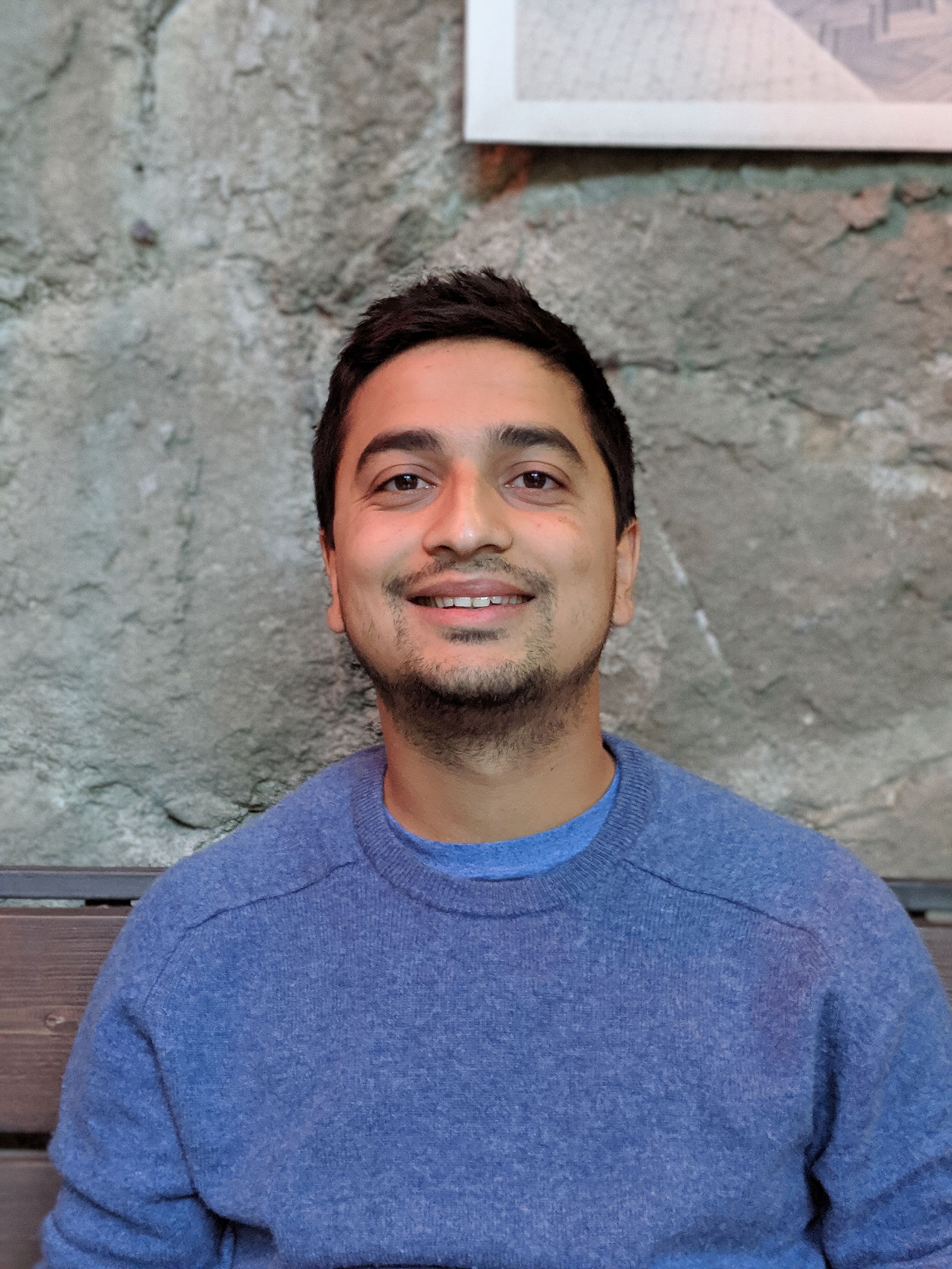

Hannah Grady (2018): PhD candidate in Christian Theology
Invisible, imperceptible realities are extremely difficult to capture with language. By interpreting Biblical narratives as metaphorical, the fourth-century Cappadocian Church Fathers are able to lend language to the otherwise largely elusive process of spiritual transformation. Gregory of Nyssa, for example, sees the Bride and the Bridegroom’s marriage in the Song of Songs as illustrating the marriage of the Church and Christ; he sees Moses’ ascent of Mount Sinai as a tangible metaphor revealing how the Christian can “ascend” to God within herself. Basil sees the creation story in Genesis as a guide to understanding the makeup of the human person and how it is that she can grow to perfection: the soul must rule over the passions, just as humankind must have “dominion” over the creatures of the earth.
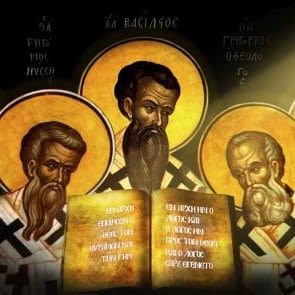
In Gregory of Nazianzus’ work, there is much to be said as to whether the image of God is a metaphor reflecting Biblical images and Neoplatonic philosophies. By examining these metaphors, Hannah explores why theology is enriched by narrative, how Platonic philosophy interacts with early Christianity, and where the Eastern conception of deification actually diverges or does not diverge from the more Western idea of sanctification.
Andrea Paterlini (2016) – PhD candidate in Plant Biology
Communication – in a molecular more than verbal sense - is a central aspect of complex organisms. Different individual cells indeed need to coordinate their molecular activities and responses for the overall organism to function properly. Many different strategies for signal exchange exist in biology. Plants (such as the model organism Arabidopsis thaliana Andrea works on) have a unique one: pores called “plasmodesmata” directly connect neighbouring cells. These structures are not just holes but rather they are exquisitely complex and enable regulated passage of nutrients and signals across.

Ultimately, if we understand how the aperture of plasmodesmata is dynamically controlled, we might be able to modulate nutrient fluxes and developmental signals within a plant. We might even be able to re-direct some of those towards particular parts of the plant (from a human perspective likely the edible parts). This could improve agricultural output without increased pressure on land resource use. We are quite far from that goal but Andrea hopes to provide a small contribution along this journey.
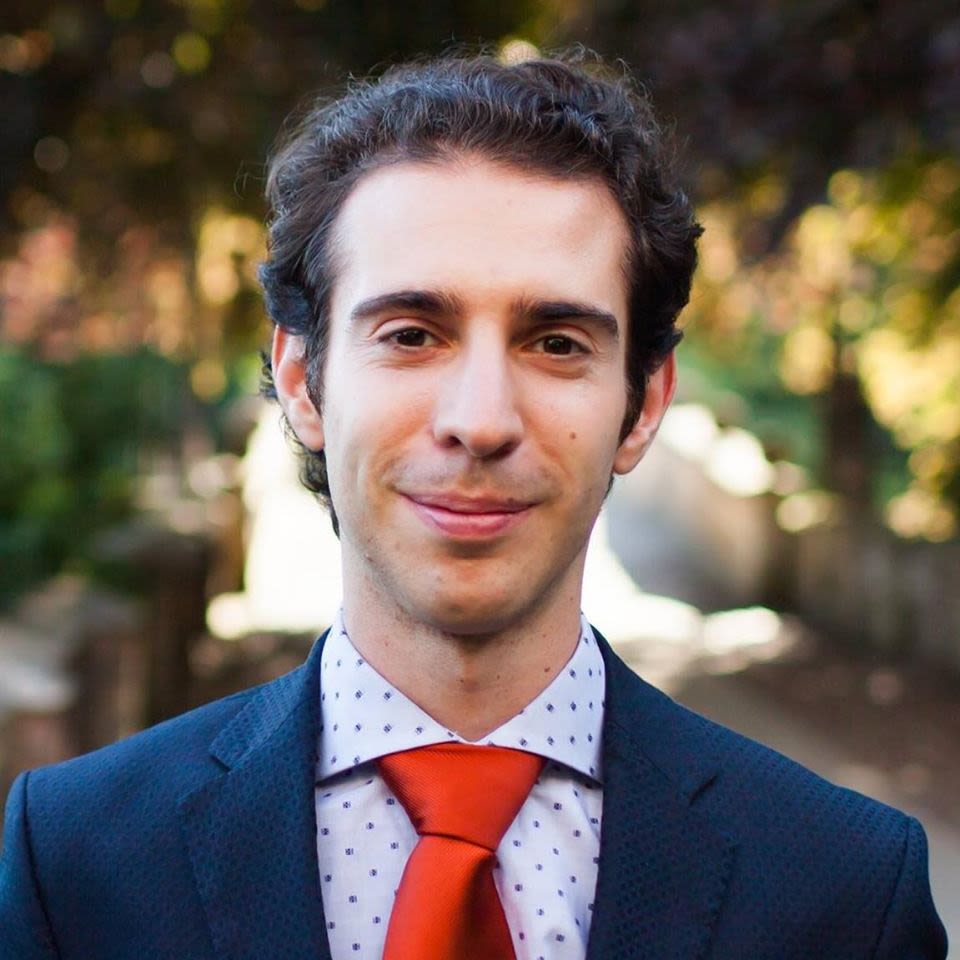
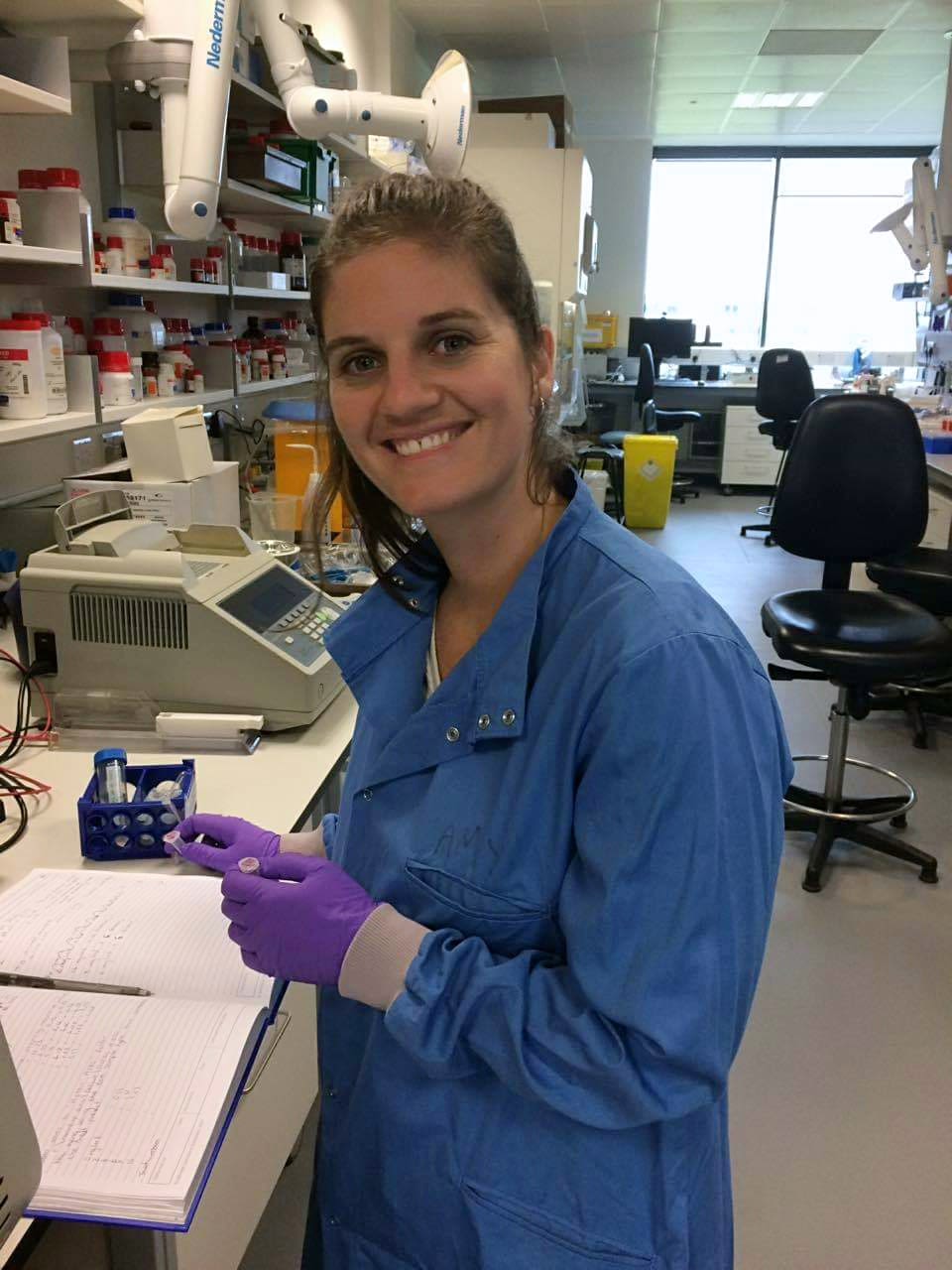
Cloé Legrand (2014): PhD Candidate in Chemical Engineering
A key goal in biopharmaceutical development is to reduce costs and accelerate cell culture process development. To this end, improved vector construction and process development needs to be coupled with improved analytics. Producing affordable, safe, efficacious therapeutic products is paramount. A critical determining factor of quality comes through the monitoring of recombinant proteins during production. Nuclear Magnetic Resonance (NMR) is a non-invasive analytical technique which has the potential to be developed for use in or at the biopharmaceutical production line, with the use of low-cost, low-field, portable, bench-top NMR spectrometers.
In her PhD, Cloé looks at the use and development of NMR techniques to provide information on quality for monoclonal antibody producing bioreactors. Additionally, her work presents the first use of MRI velocimetry to experimentally and non-invasively study the hydrodynamics inside of an industrial microscale bioreactor; and to examine the influence of operating parameters on production.
Katarzyna Brzezińska (2016), PhD Candidate in Slavonic Studies
Katarzyna’s PhD examines the eighteenth-century Polish noblewoman Wirydianna Fiszerowa and the memoirs that she wrote at the end of her life.
The eighteenth century was a tumultuous period in Polish history. Having been one of the largest states in Europe, by 1795 the Polish-Lithuanian Commonwealth ceased to exist on the map as it was partitioned between Russia, Prussia and Austria. Covering the years 1768 to 1815, Fiszerowa’s memoirs provide an insightful and personal analysis of the decline of the Commonwealth. Written in French, they intertwine critical commentary of significant political events with mischievous portraits of important historical figures and intimate descriptions of her seemingly mundane familial life.
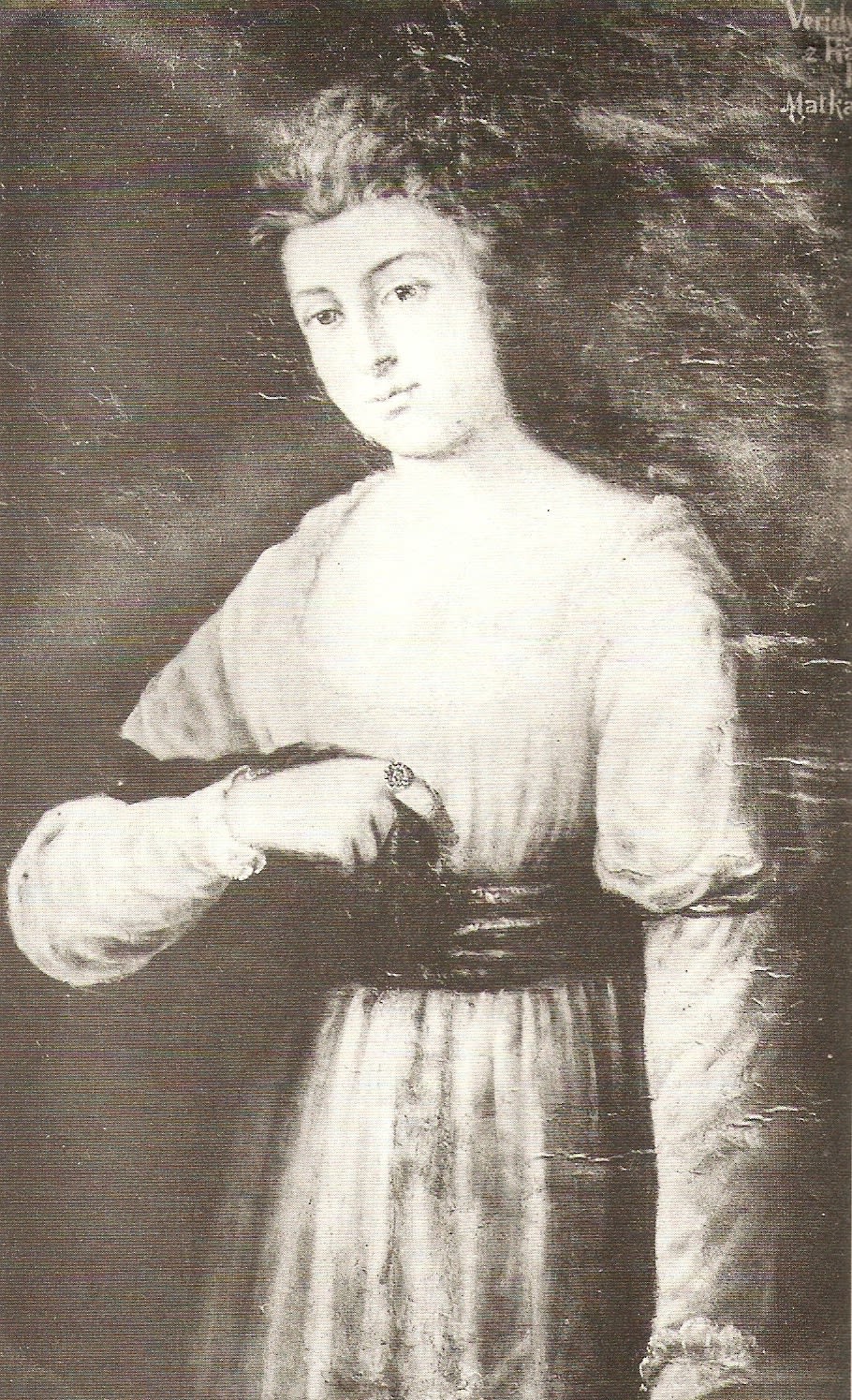
Fiszerowa was an exceptional woman; she entertained the King of France and wrote parliamentary speeches for family members and friends. Yet her story also reveals the many roles that a noblewoman could play in eighteenth-century Poland-Lithuania and her strikingly candid narrative renders her remarkably relatable to the modern reader.
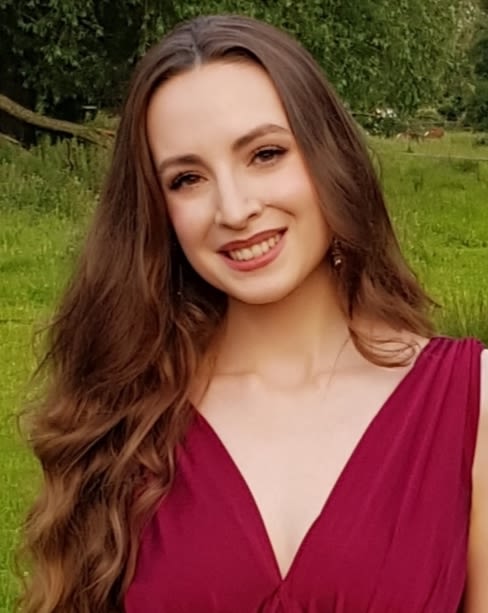
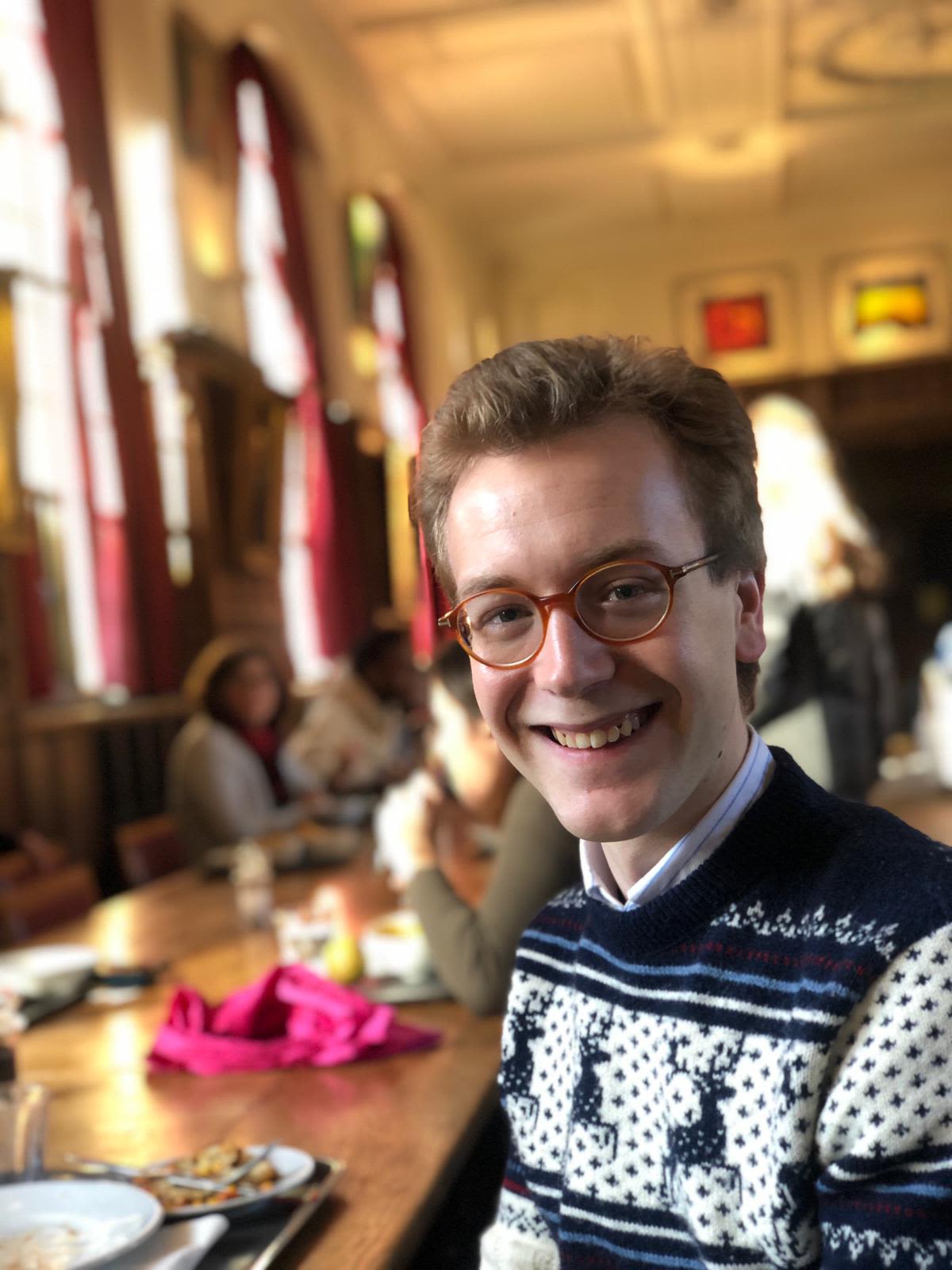
Henri van Soest (2018): PhD candidate in Land Economy
The electricity system is rapidly becoming digitalized. Smart meters, the internet of things, and 5G promise to bring the computer revolution to the electricity grid. While this has many potential benefits, it has also made the electricity system vulnerable to cyberattacks. Today, several states possess the ability to hack into complex electricity infrastructure systems.
The protection of critical infrastructures is traditionally seen as a key role of the State. However, in the field of policy and regulation of cybersecurity in critical infrastructures, governments have largely left the initiative to the private sector. This approach has been criticised as being uninspired and ineffective, and as putting the security of critical infrastructures at risk.
In his PhD research, Henri looks at the interactions between the State and the private sector in addressing the threat of cybersecurity in the electricity system, with the goal of determining whether the State can still take this lead in this complex, interconnected, and cross-border environment.

